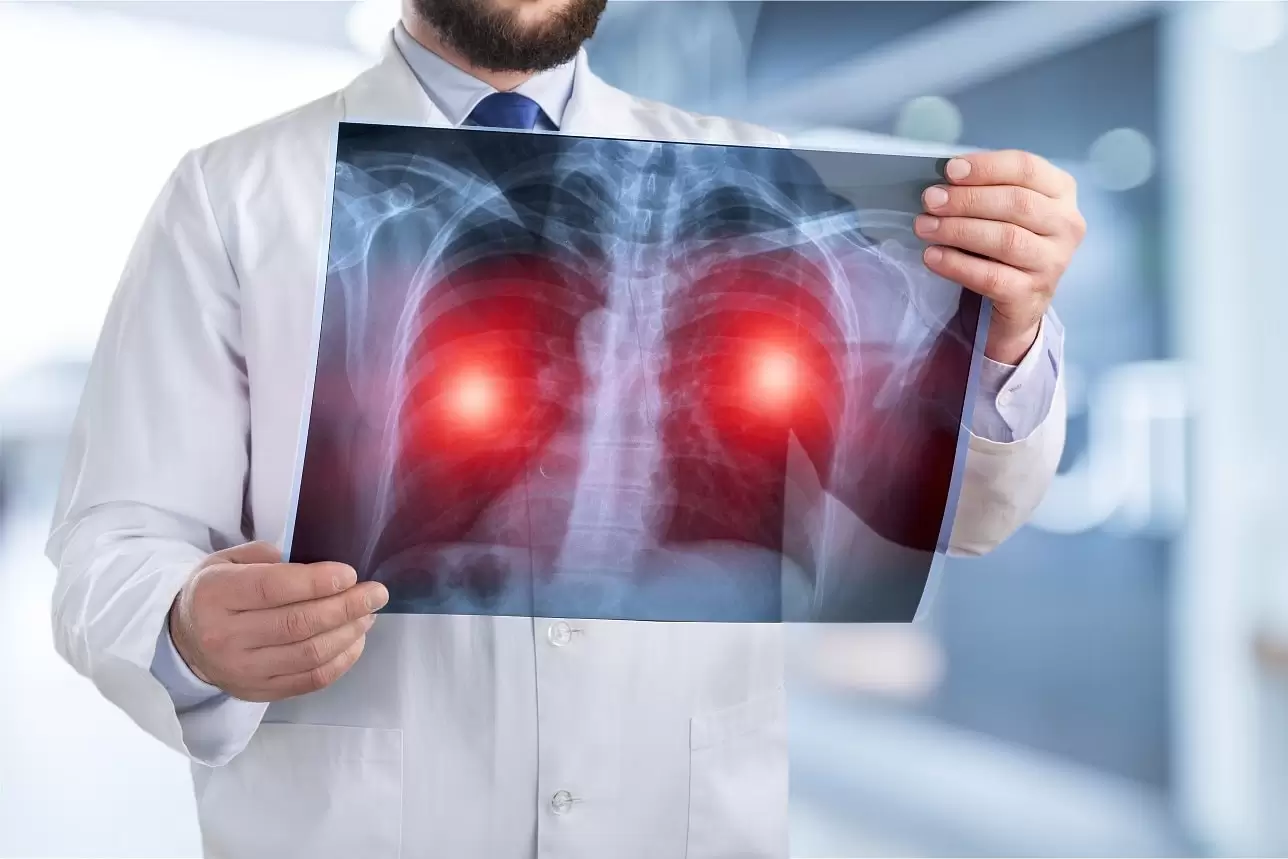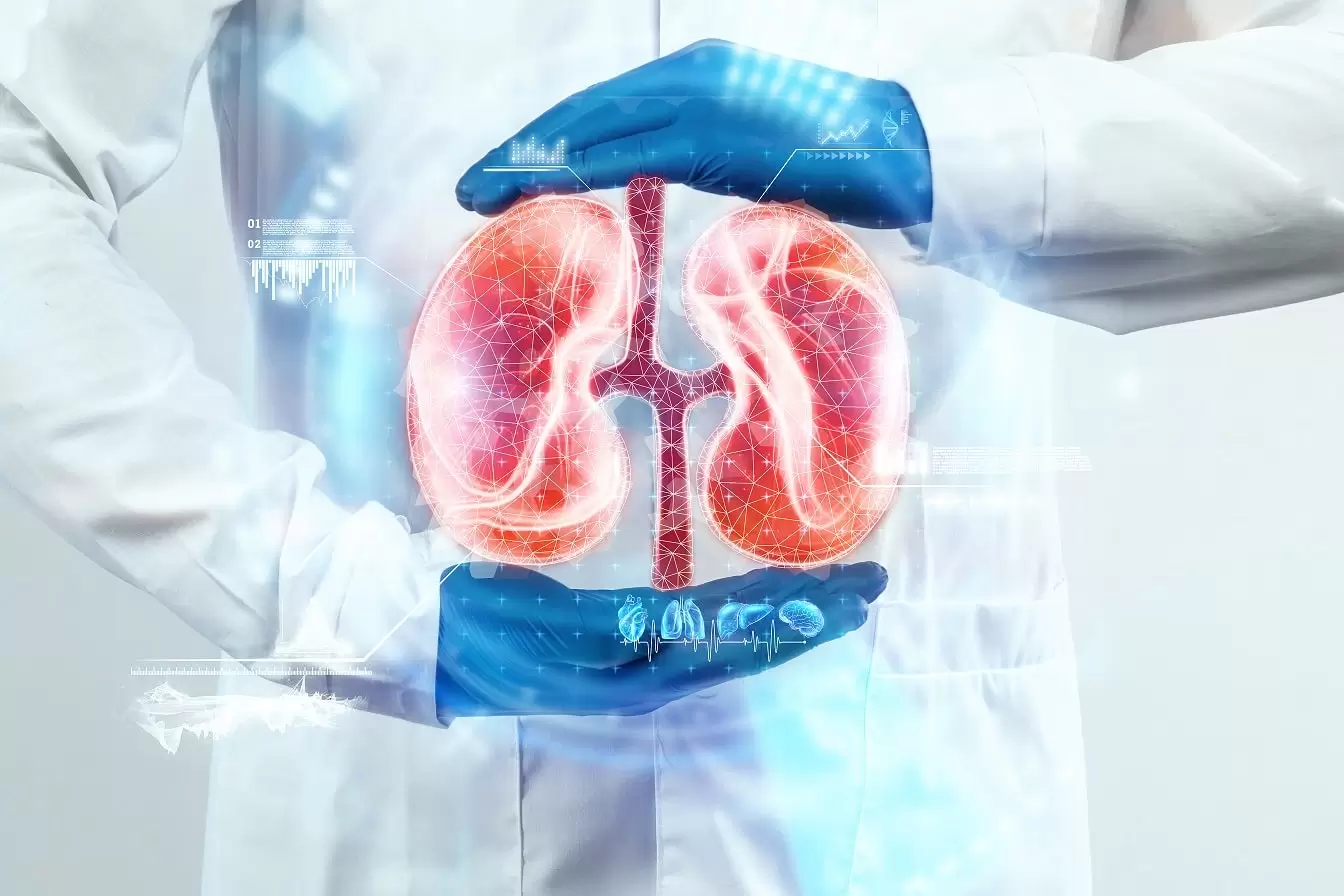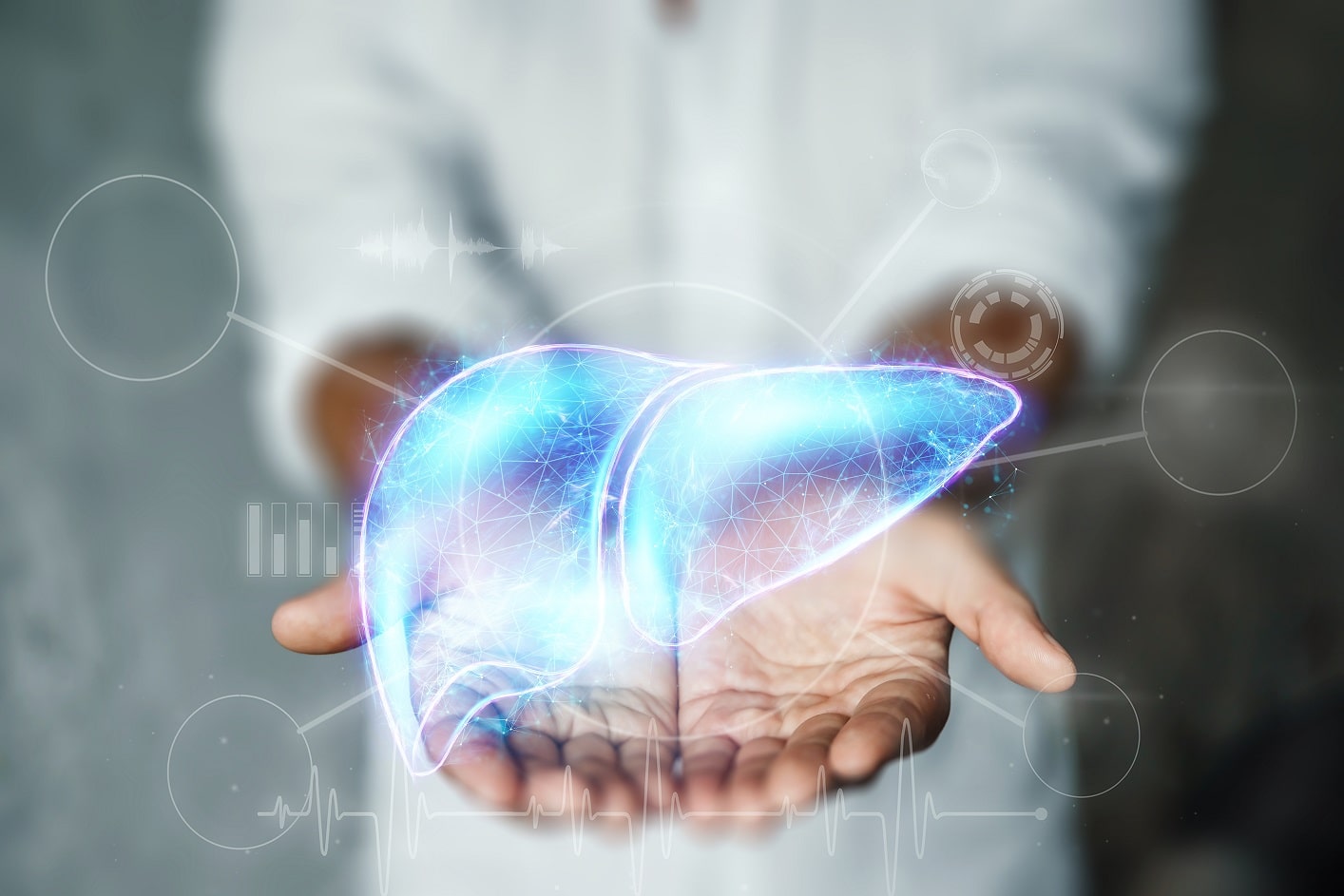Organ transplantation is replacing an organ or part of an organ from a donor that is no longer functioning or missing in the body. Organs to be used in organ transplantation can be taken from a living body or a cadaver. Organ donors may be patients or healthy individuals who are dependent on machines. Within 24 hours after the patient’s brain death, organs can be taken and used for transplantation. In addition, organs removed from the body for transplantation can be preserved for a long time under the necessary conditions and stored in tissue and organ banks. The period of preservation of organs in tissue and organ banks is generally about five years. Sensitive tissues such as the cornea can be protected for a shorter time.
Several types of organ transplants differ depending on the recipient and the donor. These types can be listed as autograft, allograft, isograft, and xenograft. An autograft is an organ transplant in which the recipient and donor are the same people. Generally, autografts are used for skin grafts, coronary bypass surgery, or tissue healing. In addition, autograft of stem cells can be performed before some surgeries. Allograft is defined as an organ transplant performed between two organisms of the same species. Organ transplantation from one person to another is an allograft. Due to the genetic differences between individuals in allografts, the immune system of the recipient individual may develop a defense against the transplanted organ. Transplant rejection may occur if the transplanted organ is recognized as a foreign body by the body. The risk of transplant rejection is always present in allografts, and it can be prevented by using immunosuppressive drugs after transplantation. An isograft is an organ transplant between genetically identical individuals. Genetically identical donors and recipients are usually identical twins. Isografts are equivalent to allografts as a surgical procedure but do not pose the risk of transplant rejection experienced with post-operative allografts. A xenograft is defined as an organ transplant between two different species. Currently, the most common xenograft surgery is the transplantation of pig heart valves instead of human heart valves. There is a risk of transplant rejection in xenografts as in allografts. The risk of transplant rejection is higher in xenografts due to increased genetic variation due to species diversity.
Today, the number of organs and tissues that can be used for transplantation is increasing. Organs such as the heart, lung, kidney, liver, intestines, stomach, pancreas, testis, and penis can be transplanted. In addition, tissues such as the cornea, pieces of skin, bone marrow, blood vessels, heart valves, bone, and blood can also be transplanted.
Donating tissue or organs saves many lives and helps patients regain their health. Organ donors can be healthy individuals or individuals with brain death. Brain death is a picture that can develop due to many reasons. Brain death can occur due to an injury to the brain, a trauma, damage to the brain vessels, or deterioration of brain nutrition. In individuals with brain death, normal body functions can be achieved by artificial means. If the person with brain death has donated an organ before the brain death, it is ensured that he waits in appropriate conditions for organ transplantation.
Lung Transplantation

The lung is the respiratory organ of the body. Lung diseases cause problems in taking oxygen into the body and giving out carbon dioxide. Affecting lung functions can lead to vital problems for our body. Some of the conditions that cause loss of lung function are chronic obstructive pulmonary disease (COPD), pulmonary fibrosis, cystic fibrosis, pulmonary hypertension, and lung cancer. Respiratory distress seen in patients because of loss of lung functions can be eliminated with various treatment methods. Applications such as drug therapy, oxygen support therapy, chemotherapy, and radiotherapy for cancer patients are frequently used in the treatment of lung diseases. Lung transplantation is needed in patients whose adequate respiration cannot be achieved despite the treatment methods applied.
Lung transplantation is planned according to the general health status of the patient and his accompanying diseases. Lung transplantation may not be appropriate if the patient has an active infection, or kidney, heart, or liver disease. In addition, for lung transplantation to be performed, the patient should not have habits such as alcohol and smoking.
The patient who is found suitable for lung transplantation is placed on the waiting list. The patient is followed on the waiting list until a suitable donor is found. It is ensured that the health status of the patient is preserved and not worsened until the transplantation process takes place. In this process, patients are given oxygen and drug therapy. Transplant surgery is performed when a suitable lung is found for the patient.
General anesthesia is used in lung transplant surgery. The patient dose not feel pain or uncomfortable during the surgical procedure and his breathing is provided by the machine. Respiration of the patient connected to the machine is provided through a tube directed from the mouth to the trachea. During the surgery, an incision is made in the chest area and the rib cage is opened. The damaged lung of the patient is taken out. The healthy lung taken from the donor is placed in its place and the bronchi and vessels are connected to the transplanted lung.
After the lung transplant surgery, the patient is followed in the intensive care unit for a few days. In the intensive care unit, the patient is monitored, and breathing is provided with a mechanical ventilator. In addition, fluids coming from the surgery site and lungs are discharged out of the body through a tube connected to the patient’s chest area. Various medications are given to the patient to accelerate the recovery process after the surgery. As the patient’s breathing improves over time, the need for mechanical ventilators decreases. When the patient can breathe on his own, mechanical ventilator support is eliminated. Patients who do not receive mechanical ventilator support are taken to the normal service from the intensive care unit. After lung transplant surgery, patients stay in the hospital for about a month. Patients leaving the hospital should be followed for about three months. During this period, complications that may develop after surgery and the functions of the transplanted lung are closely monitored. After the lung transplant surgery, the patient’s lung functions are checked by regularly performing laboratory tests. Examinations such as chest films taken on the patient, electrocardiogram (ECG), lung function tests, and lung biopsy are also used for the evaluation of patients. After lung transplant surgery, immunosuppressive drugs should be used to reduce the risk of the immune system rejecting the organ.
Kidney Transplant

Kidneys take on important tasks in our body, such as filtration of blood, removal of waste products from the body through urine, and removal of toxins. Depending on the gradual loss of these functions of the kidneys, the kidneys may become inoperable. Failure of the kidneys to perform their functions results in kidney failure. Chronic kidney failure may develop due to diabetes mellitus, high blood pressure, kidney inflammation, and various urinary tract disorders.
Patients with chronic renal failure need dialysis treatment to restore their kidney functions. Dialysis treatment can be applied once or more than once a week, depending on the degree of the disease and the condition of the patient. Dialysis treatment can cause fatigue in patients and, in some cases, wasted time. In the treatment of kidney failure, kidney transplantation is superior to dialysis treatment in many respects.
Kidney transplantation is the most effective and permanent method that can be applied in the treatment of kidney failure. Patients undergoing dialysis treatment and whose kidney functions are not complete can be queued for kidney transplantation if they wish. If a suitable kidney is found and the turn comes, kidney transplantation can be performed. Kidney transplantation is performed by placing a healthy kidney from deceased or healthy individuals in the body of the sick individual. If the donor is not alive, the transplant should happen quite quickly. If the donor is a healthy individual, the procedures of removing the kidney from the donor and placing it in the patient’s body can be planned and performed simultaneously.
Before the kidney transplant surgery, antibody tests are performed on the donor and the recipient, and the suitability of the kidney tissue is checked. Once eligibility is confirmed, surgery is performed. Kidney transplant surgery is performed under general anesthesia. The donor’s kidney is placed in the body through an incision made in the patient’s abdomen. If the patient’s kidney does not cause different risks to the body, it can be left in place. The veins of the placed kidney are also connected to the body. The connection between the kidney and the bladder is restored through the ureter.
Some risky situations can be seen after kidney transplant surgery. Some of these conditions are leakage in the ureter, obstruction of the ureter, blood clots in the kidney, and the immune system rejecting the new kidney. Kidney transplant surgery also has risk factors that can affect the health of the donor. Urinary tract infections wound infections, and pain at the surgery site is the most common problems.
After kidney transplant surgery, the patient is followed up in the hospital for about a week. It is expected for kidney functions to return to normal, to form urine, and to filter blood. It usually takes about 2 months for the new kidney to regain all its functions after kidney transplantation and for the patient to return to his normal life. Some drugs must be used to ensure the adaptation process after kidney transplantation. After the surgery, blood and urine analyzes are performed at regular intervals and the compatibility of the kidney with the body is checked. Drugs that suppress the immune system and facilitate the adaptation of the kidney to the body should be used for life after transplantation. In cases where drugs are not used regularly or use is interrupted, the body may reject the transplanted kidney and develop a defense mechanism against the kidney. In such cases, the patient’s condition may suddenly worsen, and all functions may be damaged.
Heart Transplantation

Heart transplantation is a treatment method applied as a last option in very serious heart diseases when other treatment methods do not work. Before heart failure, depending on the type of disease, drug treatments, lifestyle changes, diet treatments, physiotherapy methods, and sometimes smaller surgical interventions may be tried. In cases where none of these treatment methods work, heart transplantation can be performed by considering the patient’s suitability for treatment.
Since heart transplantation is surgery with very serious and life-threatening complications, it is very important to evaluate the patient’s suitability for transplantation. Whether the patient is suitable for this surgical intervention is evaluated depending on some criteria such as whether other treatment methods have been tried, the possibility of death of the patient in the absence of transplantation, and the general health status of the patient to be able to undergo the transplant surgery. Heart transplantation is not a process that every patient can handle, both surgically and as a recovery process after the surgeon.
Especially in the presence of conditions such as active infection, morbid obesity, and serious systemic problems, the possibility of being a suitable candidate for heart transplantation decreases. However, the patient’s suitability for heart transplantation is decided by the clinical evaluations made by the specialist transplant team. For heart transplantation, the patient is placed on the transplant list after extensive screening. In the evaluations, many different factors such as the previous diseases of the patient, the history of the heart problem, and the psychological state are evaluated. Patients accepted for heart transplantation wait for a heart suitable for transplantation after approval.
Surgery is performed when a suitable heart is found from organ donors. The process of finding a suitable donor can sometimes be long and difficult for the patient and their relatives. In this process, the expert team continues to apply the necessary treatments for the patient’s heart disease and prepare the patient for heart transplantation. Organ donation is of vital importance for such patient groups awaiting transplantation.
Since there is not enough organ donation, patients waiting for transplantation must wait for a long time until surgery and some of them even die because a suitable heart for transplantation cannot be found in sufficient time. For this reason, organ donation connects many patients to life. Thanks to organ donation, both a patient’s life is saved, and the donor’s relatives will have the peace of mind that they have a chance to live after the death of their loved ones.
Before the heart transplant, the heart to be transplanted undergoes some controls. When it is determined that the heart is suitable for transplantation, the transplantation process is started as soon as possible. During the transplant surgery, the patient’s heart is removed with the help of machines and a new heart is placed. Heart transplant surgeries are long and difficult surgeries. After surgery, patients can usually get up immediately and are discharged in about 4 weeks unless a complication develops. The most common complications in organ transplants are organ rejections and infections in the body. Serious drug treatment can be applied to prevent such situations. Regular physical activity, weight control, and lifestyle adjustments after transplantation are very important for the health of the patient.
Liver Transplantation

The liver is the largest gland-like organ in our body. Important tasks such as removing toxic substances in the blood, metabolizing drugs, and protein and enzyme synthesis are just a few of the liver functions. Various liver diseases cause the liver not to function and cause very serious health problems. The inability of the liver to perform its functions results in liver failure in the future. Chronic liver failure is a viral disease and can only be cured with a liver transplant.
Liver transplantation is defined as the process of placing liver tissue taken from a living or cadaver in the patient’s body. Liver transplantation can be applied if there is a suitable organ for transplantation. The livers of patients who have brain death and donated organs or a liver part from a healthy person can be used for transplantation. Liver transplantation from individuals with brain death is called cadaveric transplantation, and liver transplantation from healthy individuals is called living donor transplantation. For living donor liver transplantation, the donor must meet the appropriate conditions. The suitability of the donor is checked by blood group testing, various blood tests, and psychological and social examinations. In addition, the liver donor must meet some different conditions to be determined to be suitable for organ transplantation. Some of these conditions are that the donor does not have a systemic disease, is between the ages of 18-60, and has relatives up to the 4th degree of the patient (if he is not related, approval from the Provincial Health Directorate must be obtained), liver and kidney functions are intact . The size of the organ to be used during liver transplantation varies depending on the general health status of the patient and the distribution of bile ducts in the liver. For liver transplantation to be performed, the patient must also meet certain conditions. Liver transplantation cannot be performed in cases such as alcohol or substance use, HIV disease, advanced psychiatric diseases, cancer spreading beyond the liver, systemic infection, advanced lung, and heart disease.
Liver transplant surgery is performed under general anesthesia. After the patient is placed in the supine surgical position, the bladder is emptied with the help of a catheter. In addition, breathing is provided through a tube placed in the lungs. The liver is reached through bilateral incisions made in the abdomen. The liver is removed from the body by removing it from the surrounding veins. The healthy liver taken from the donor is placed in its place. It is ensured that the new liver connects with the vessels and that the blood flow is regulated. Afterward, the connection between the bile ducts and the liver is established. A drain may be placed at the end of the surgical procedure to drain blood and fluid from the surgical site and prevent swelling.
After liver transplant surgery, there is a risk that the body’s immune system will reject the tissue. To prevent tissue rejection, it is important to detect and intervene in the early period. To prevent tissue rejection, patients must use lifelong immunosuppressive drugs. In some cases, tissue rejection may occur despite the patient’s use of medication. In case of tissue rejection, the functions of the transplanted liver are impaired and should be treated. In addition to tissue rejection after liver transplant surgery, there is a risk of infection in the body. The post-operative infection affects the functions of the whole body negatively and causes the patient’s condition to worsen.
Bone Marrow Transplantation

Bone marrow is a formation that is responsible for producing blood cells in the inner part of the bones in our body. Bone marrow contains stem cells formed by immature cells. Stem cells are cells that can mature and form different blood cells. Stem cells form the origin of all structures in our body and have the ability to renew themselves. Various blood diseases can be treated with bone marrow transplantation.
Bone marrow transplant mainly includes stem cell transplants. Bone marrow transplantation is often performed in leukemia, lymphoma, genetic disorders, organ tumors, and autoimmune disorders. In bone marrow transplantation, stem cells are transplanted to the patient through vascular access. Central venous catheters are mostly used for transplantation. After a bone marrow transplant, immature stem cells mature in the bone marrow and turn into different types of blood cells. The mature blood cells that stem cells turn into can be listed as platelets, white blood cells, and red blood cells. Platelets help blood clot. White blood cells help fight infection. Red blood cells take on the task of carrying oxygen. These blood cells, which take on different tasks, mature in the bone marrow and replace the damaged stem cells.
The stem cell transplant method varies according to the source of the stem cell. Stem cells taken from the bone marrow are used in bone marrow transplantation. Stem cells obtained from the body circulation are used in peripheral blood stem cell transplantation. Stem cells obtained from newborn umbilical cords are used in cord blood transplantation.
Bone marrow transplantation may be beneficial in diseases such as leukemia, lymphoma, neuroblastoma, bone marrow failure, multiple myeloma, and congenital metabolic disorders. There are two types of bone marrow transplants, autologous and allogeneic. Autologous bone marrow transplantation is performed with stem cells taken from the patient’s bone marrow. Before starting the cancer treatment of the patient, the stem cells taken are collected and frozen. After cancer treatment, the patient is given re-frozen stem cells. Allogeneic bone marrow transplantation is performed with stem cells taken from the patient’s family relatives. Allogeneic bone marrow transplant has the risk of rejection in the patient’s body. To reduce this risk, the patient should use immunosuppressive drugs after transplantation.
Before the bone marrow transplant, many tests and analyzes are applied to the patient. In addition, an intravenous catheter is placed in a large vein in the patient’s chest to prepare for transplantation. Bone marrow transplantation is performed through this intravenous catheter, which is placed in the body and will be maintained during the treatment.
After a bone marrow transplant, it takes about 15 days for new stem cells to start producing blood cells. Until the patient produces his blood cells, he has to take blood cell supplements from the outside. It can sometimes take longer than expected for the immune system to return to normal after a bone marrow transplant. In such cases, the patient may experience different problems such as infections, organ damage, infertility, cancers, and cataracts. In addition, patients with bone marrow transplants need to pay attention to their health. Health problems such as hypertension, diabetes, or high cholesterol that may develop in future patients may worsen the condition of patients and cause delayed recovery.